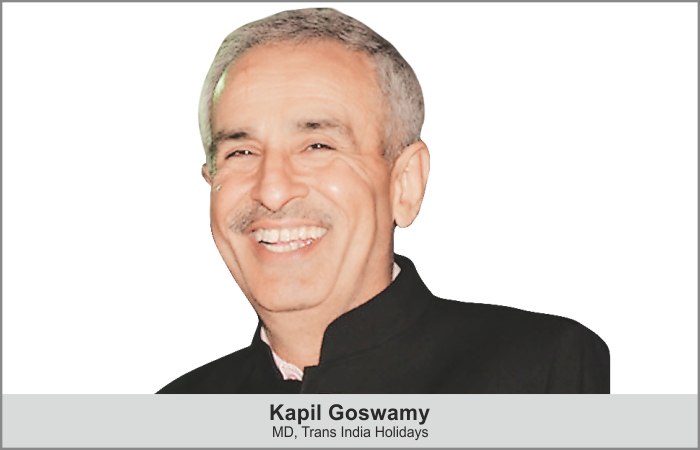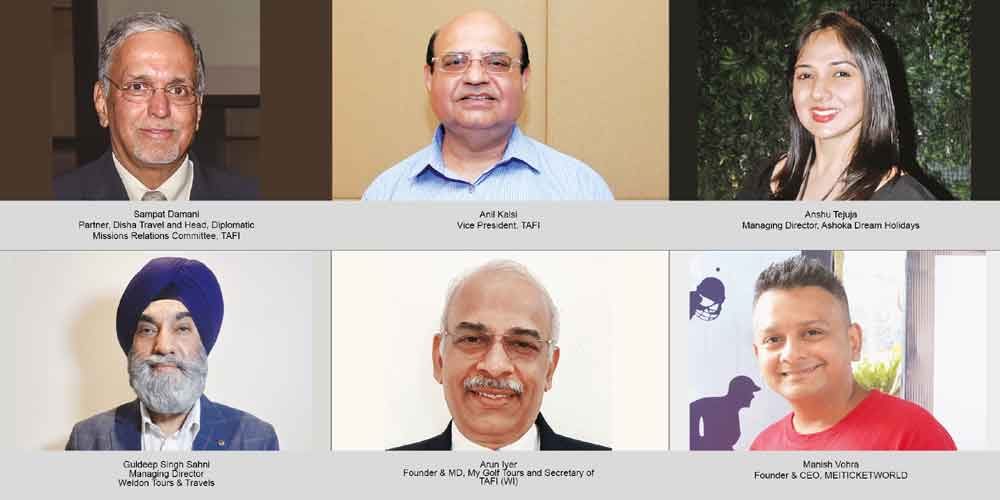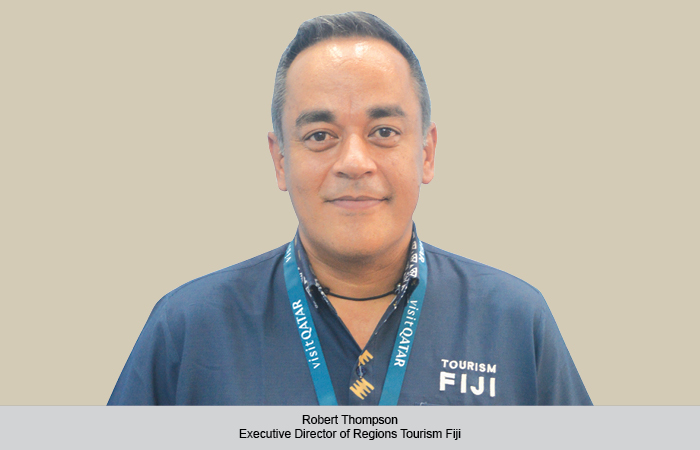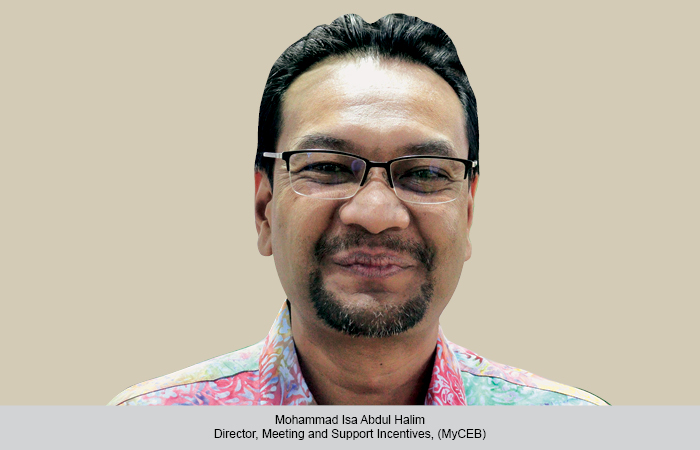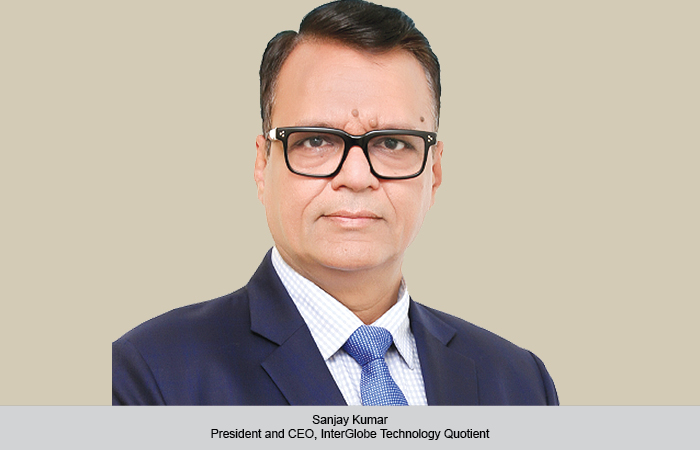Constant communication with FTOs and updating them about the situation in the country will go a long way in keeping trust alive. This, says Kapil Goswamy, Managing Director, Trans India Holidays, will prove to be a fruitful move for when travel restrictions do open and people begin to travel again.
COVID-19 is a black swan event for the entire world, and most so for the travel and tourism industry which is amongst the worst affected. Up until end February, things were quite normal and the industry was having a reasonably good year, but since then there has been nothing but gloom and uncertainty. While many of us remain cautiously optimistic about tourism bouncing back, in the current scenario, it does appear that it will take a year or perhaps even longer for things to return to normal. The Indian government, on its part, has done reasonably well in the handling of the pandemic, but sadly not so in the handling of what has so far been done for the tourism and hospitality industries, which have so far hardly seen anything coming their way by way of financial support.
The opening of hotels in Delhi as well as several other states, and the formation of air bubbles with several countries, are of course steps in a positive direction. However, for tourism to even restart in a small and phased manner, the government needs to take several steps, including restarting the issuance of tourist visas and spreading awareness that India is not really an unsafe destination to travel to. This would be the key to restoring confidence among travellers.
The role we play
We, on our part, have been in constant touch with our FTOs and have been updating them with the situation on the ground here in India. In fact, all our communication has been stressing that India is not really an unsafe destination for tourism and we now have the COVID situation in control. By way of comparison and to project India in good light, we’ve even sent communication to our FTOs explaining that given our size and population, the comparisons we’ve shared are somewhat as per the tourism hotspots in India.
Delhi, the most frequently used tourism gateway city, is among the worst-affected and sits at 1,60,000 cases with a population of over 20 million. Rajasthan, a major attraction for travellers and a state that houses Jaipur, Jodhpur and Udaipur, has about 70,000 cases, with a population of over 80 million. Similarly, Uttar Pradesh, the state that is home to both the Taj Mahal in Agra and the holy city of Varanasi, has 1,90,000 cases with a population in excess of 240 million (actually more than the combined population of five of the most populous European countries). Goa, India’s most popular beach destination, has only 14,000 cases with a population of over 1.5 million. Similarly, Madhya Pradesh, which is home to most of India’s best-known tiger reserves, has a case count of 54,000, with a population of 85 million. While this total case count does seem high, when you look at it in terms of an over 76 per cent recovery rate and only a less than two per cent fatality rate, the situation in India isn’t that bad and it is certainly time for a phased reopening of tourism.
The industry in itself has been doing all it can to project India in a positive light, and all stakeholders, i.e. hotels, resorts, transport providers, etc., have adopted new and enhanced cleanliness and sanitisation standards. It is perhaps now time for the government to actively restart promoting India via online and offline channels, as being a safe destination for travellers.
 TravTalk India Online Magazine
TravTalk India Online Magazine

